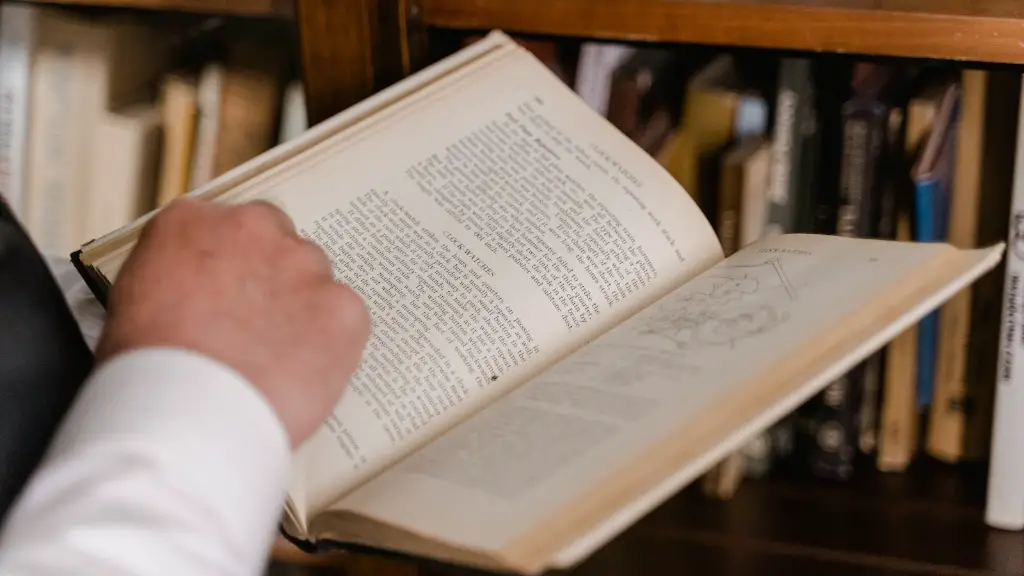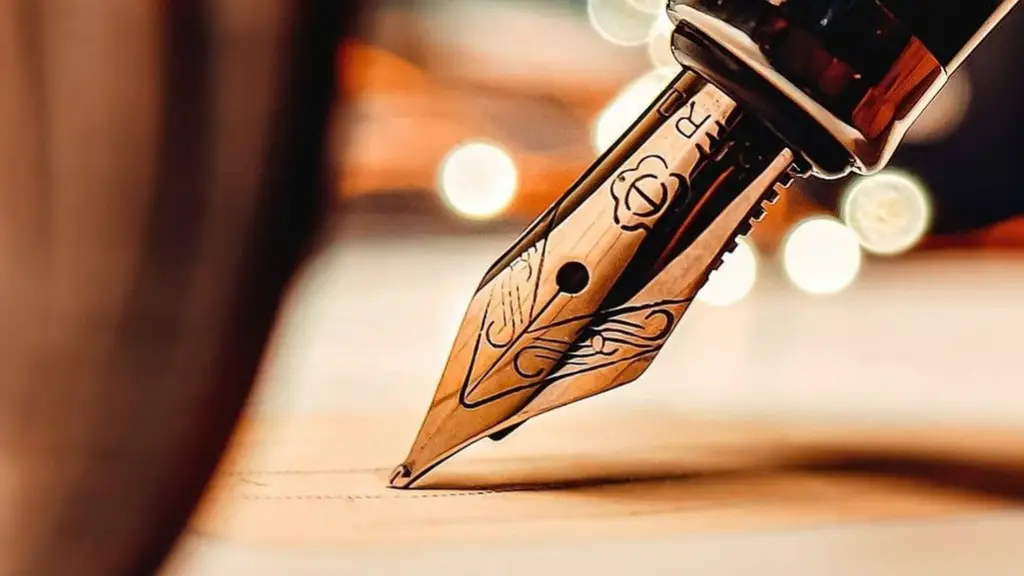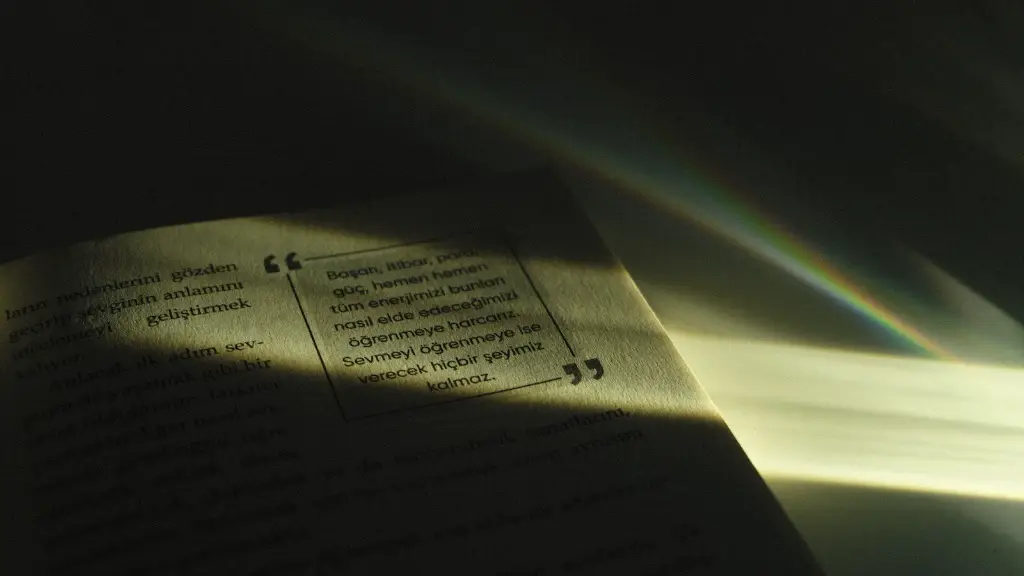Introduction To Meter
Meter is the rhythm of language in poetry, where there is a recurring pattern of stressed and unstressed syllables. In any given line, the poet will focus on where to put the emphasis of a word, to create the meter of the line. When the meter of a poem is especially organized and consistent, the structure of a poem is called a meter.
Types of Meters
There are several different types of meters in poetry, each with distinct features. There is iambic, trochaic, anapestic and dactylic meter. Iambic meter has two syllables, with the emphasis on the second syllable, such as the word “re-ceive”. Trochaic meter is the opposite, with the emphasis on the first syllable, so the word “EL-e-phant” would be in trochaic meter.
Anapestic meter has three syllables and the emphasis is on the third. The word “un-der-stand” is an example of anapestic meter, while a dactylic meter is similar to anapestic meter, but with the emphasis on the first syllable. The word “HA-p-pi-ness” is an example of dactyec meter.
Identifying Meters
It is possible to identify the meter of a poem by looking at the pattern of stressed and unstressed syllables in each line. When reading the poem aloud, one should look for a consistent pattern of stressed and unstressed syllables in the line. If there is a consistent pattern, then the line is in meter; if the line does not have a consistent pattern, then it is not in meter. Another way to identify the meter of the poem is to look for the most common types of meter described above.
Stress And Syllables
When analyzing a poem to determine its meter, it is important to note the difference between a stressed and unstressed syllable. A stressed syllable is emphasized, while an unstressed syllable is not. For example, in the word “sym-bol”, the syllable “sym” is stressed, while the syllable “bol” is unstressed. To identify the meter of a poem, one must determine which syllables are stressed and which are not in each line.
Poetic Feet
Meter can also be identified by looking for patterns of stressed and unstressed syllables known as “feet”. These feet are the building blocks of meter; the patterns of the feet are what give a poem its meter. A “foot” consists of one stressed syllable and one or two unstressed syllables. An iambic foot consists of one unstressed syllable followed by one stressed syllable, while a trochaic foot consists of one stressed syllable followed by one or two unstressed syllables. These are the most common types of feet.
Other types of feet include anapaestic, which has two unstressed syllables followed by one stressed syllable, and dactylic, which has one stressed syllable followed by two unstressed syllables. Identifying the feet in the poem can help one to identify the meter, as well as determine the underlying structure of the poem.
Using Lexical Stress
In addition to identifying the feet, one can also identify the meter by paying attention to the lexical stress of the words in the poem. The lexical stress of a word is the emphasis given to certain syllables within a word, as opposed to the emphasis given to certain syllables in a line or poem. For example, the word “immobile” has two syllables, and the stress is placed on the first syllable, “im”. In this way, one can identify the meter of a poem by paying attention to the lexical stress of the words in each line.
Rhyme And Rhythm
Another way to identify the meter of a poem is by looking at the rhyme and rhythm of the poem. The rhyme is the repetition of sounds at the end of a word, while the rhythm is the pattern of a poem. By looking at the rhyme and rhythm of a poem, one can gain an understanding of the underlying structure and meter of the poem. For example, if a poet is writing a poem in iambic meter, then the poem must have iambic feet, and the words must have a specific lexical stress.
Analyzing Meter
In addition to looking at the rhyme and rhythm, one can also analyze a poem’s meter by looking at how the lines and words of the poem interact. By looking at how the lines and words of the poem interact, one is able to identify the meter of the poem. For example, if a poem contains two lines with the same meter, then that meter must be the same meter that is used throughout the poem. Thus, by analyzing the lines and words of the poem, one can gain a deeper understanding of the poem’s meter.
Exploring Meter Further
Meter is an important element of poetry, and it can be identified by looking for the patterns of stressed and unstressed syllables, feet, lexical stress, rhyme, and rhythm. Once the meter of a poem is identified, one can gain a better understanding of the poem and the underlying structure of the poem. Additionally, by looking at how the lines and words of the poem interact, one can gain an even deeper understanding of the poem’s meter.


